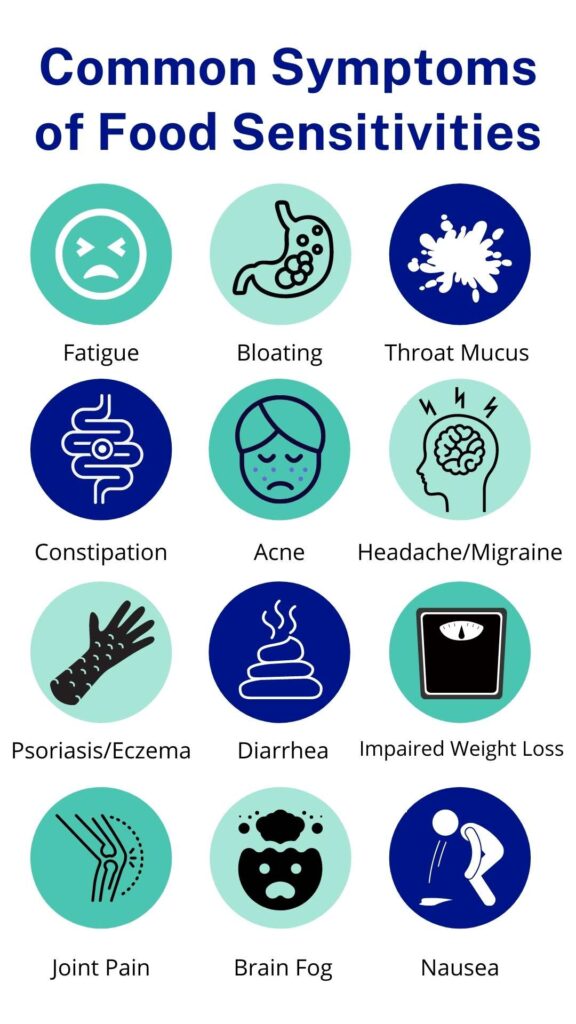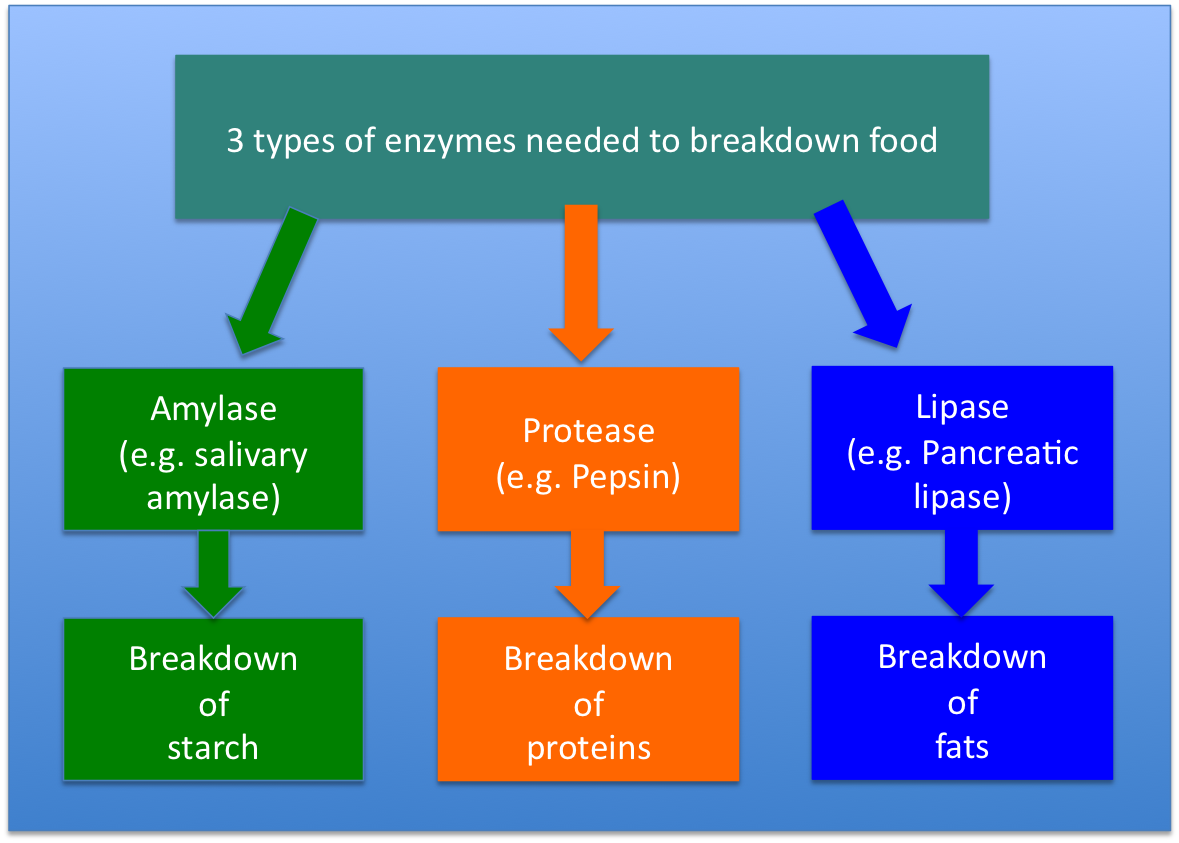Food Reactions 101
Food reactions can be physiological or psychological. Physiological food reactions include allergies, sensitivities and intolerances. This post is not about psychological responses. It’s important to know the difference between various types of physiological reactions so that you apply the right therapy.
Food Reaction #1: Allergy
If you have a food allergy, you probably know it! It may only take a molecule of your offending food to trigger you, and you usually know within minutes that you’ve had an exposure. The symptoms of a true food allergy are either naso-respiratory (such as constricted airway, runny nose and watery eyes), or skin manifestations (swollen lips or tongue, hives). Food allergies can be life threatening. An allergist can test this type of food reaction by a skin scratch test. You make IgE type antibodies to your triggering foods.
For adults, the solution for this type of reaction is strict avoidance of your allergen. Sometimes allergy shots are helpful in training your body to accept your triggers.
Food Reaction #2: Sensitivity

Food sensitivities are more difficult to detect. They may take up to 3 days to triggers symptoms. You may not react to small amounts of offending foods but will respond when you cross a certain threshold. Symptoms can be wide and varied. Some common symptoms include:
- insomnia
- joint pain
- headaches, including migraines
- fatigue and/or brain fog
- teeth grinding
- moodiness, including anger
- cravings for the food that is making your unwell
- chronic post-nasal drip
- skin irritations (eczema or acne)
- weight gain or stubborn weight loss
- GI distress (gas, bloat, heartburn, cramps, diarrhea, constipation, etc.)
Your body is making IgG, or possibly IgA antibodies if you have a food sensitivity. An IgG blood test is helpful in analyzing which foods are problematic, although no food sensitivity test is perfect. The gold standard for detecting a food sensitivity is to remove the suspected food 100% for at least 30 days, then challenge the food to see if you react.
You challenge the food by eating a full serving of that food twice a day for 3 days. Watch to see if old symptoms reappear or if new symptoms crop up. You may start noticing symptoms on the first day, in which case, you do not need to continue the challenge.
The 30-day elimination is crucial because the half-life of IgG antibodies is 21-days. You have to avoid your trigger long enough that antibodies begin to diminish. In this way, you can tell a difference when you test the food.
Food sensitivities become complicated when you cross-react to foods with similar protein structures. For example, when you are gluten sensitive, you may still have symptoms if you remove gluten, but not coffee or chocolate. These foods are cross-reactive to gluten.
While you are not likely to overcome a food allergy in adulthood, many people do overcome their sensitivities. The key is to do gut-healing protocols for several months while you eliminate the foods you are sensitive to.
Food Reaction #3: Intolerance

You are intolerant to a food when you lack the enzymes to digest it. For example, if you are lactose intolerant, you don’t make lactase, the enzyme that breaks down the milk sugar lactose. You may be able to eat some forms of the food, but not others. In the case of dairy, you may fare okay with cheese because it is low in lactose. But you may feel bloated after eating ice cream, which is high in lactose.
Symptoms of intolerances are almost always gastrointestinal: gas, bloat, cramps, diarrhea, irritable bowel, etc. You do not make antibodies to a food when you are intolerant. However, you may have food reactions to food components, such as sulfur, or lectins.
An easy test to check intolerances is to use digestive enzymes. When you eat your triggering food with the right kind of enzymes, you will have reduced or absent symptoms. In this case, you do not need to eliminate the food. But if using enzymes makes no difference in your symptoms, it is likely that you are having an immune response to your food.
While there are just 3 main groups of digestive enzymes (for the 3 macronutrients in food: carbohydrate, protein, and fat), there are many subtypes. Lactase is a very specific amylase that digests milk sugar. It is the active ingredient in Lactaid. Another specific amylase is alpha galactosidase. This enzyme helps you break down the starch in legumes and is the active ingredient in Beano.
Getting Help
Do you need help selecting the right type of enzyme for your intolerance? Or do you have symptoms of food sensitivity? Food sensitivities do not improve without treatment. Contact me for an at-home test-kit to pinpoint your troublesome foods so you can begin healing now.
